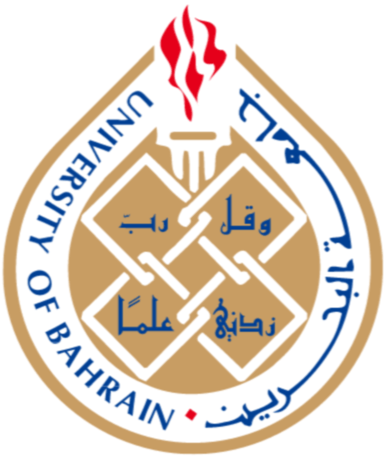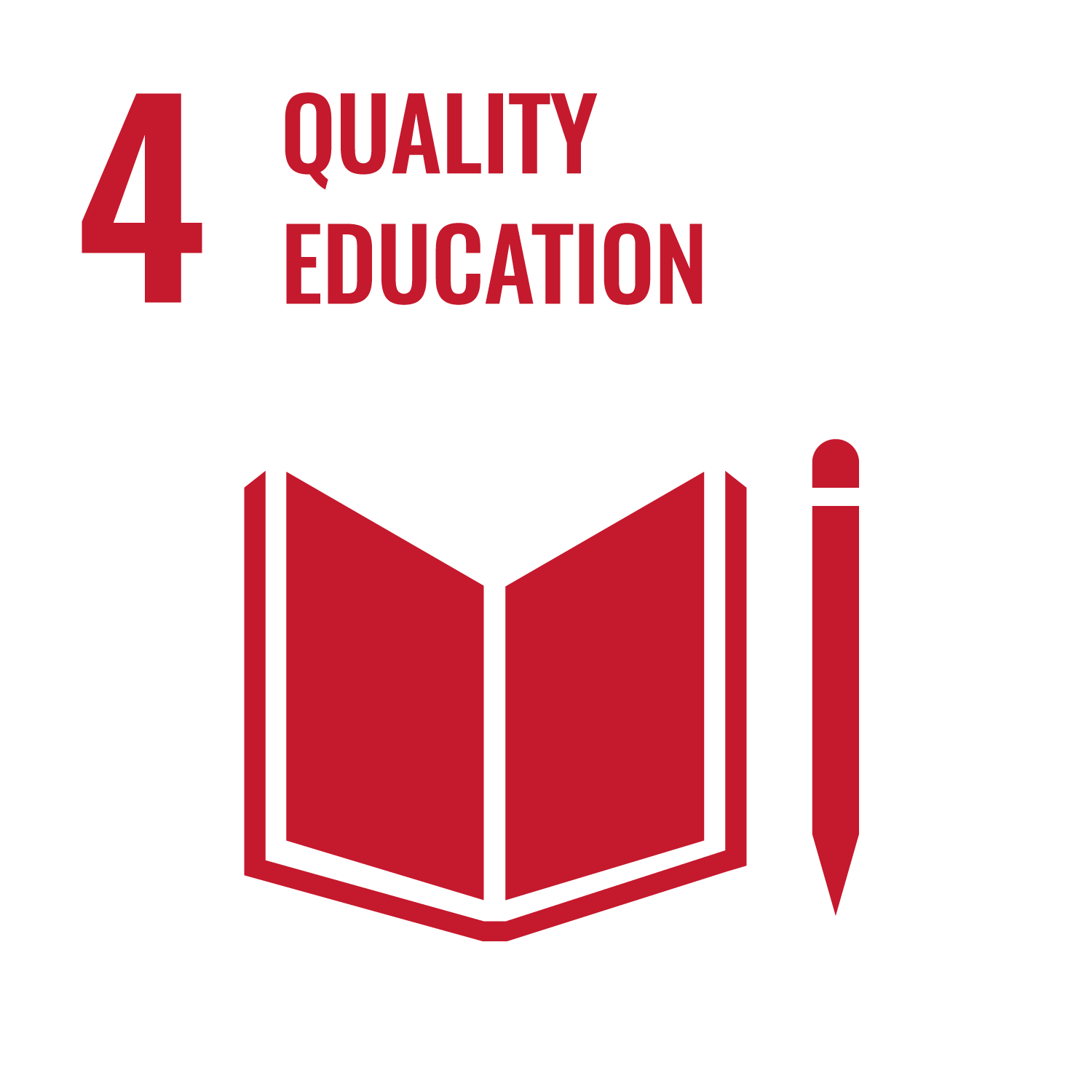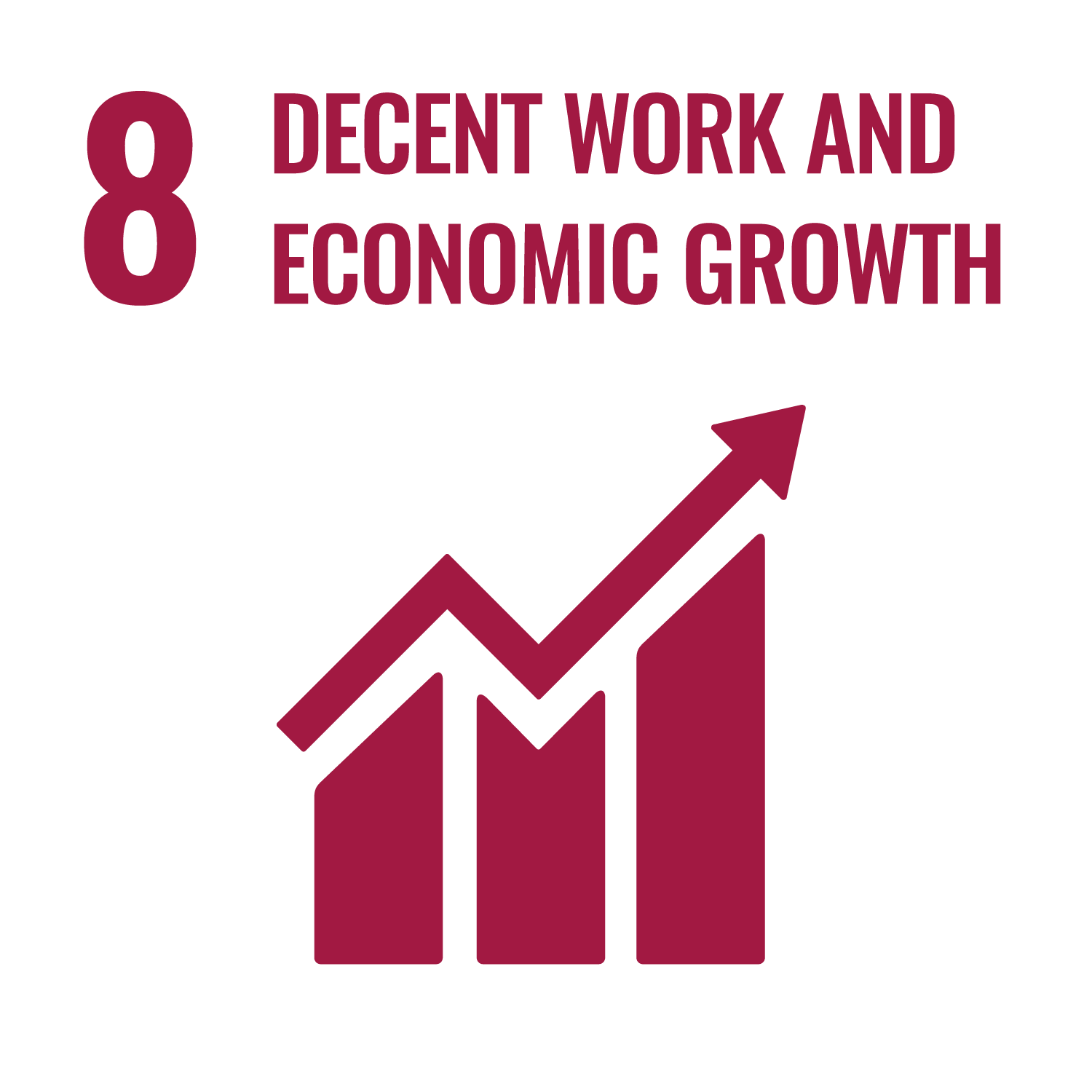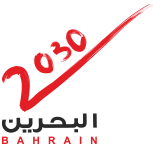NEWS
A Thesis at UoB Calls for Organizing the Multilingual Scene in the Markets

Emphasizing the Importance of Reviewing the Laws of Commercial Records and Shop Signs
A Thesis at UoB Calls for Organizing the Multilingual Scene in the Markets
A scientific thesis at the University of Bahrain (UoB) called for reviewing the commercial records laws and verifying the effectiveness of regulatory procedures when issuing work permits for shop signs to preserve the Arabic language and to ensure having an organized multilingual scene in Bahrain’s markets.
This came in the recommendations of the student’s, Waleed Mohammed Aburaya, thesis in the master’s program in applied English language studies at the University, as a requirement for obtaining his master’s degree in English.
The thesis was supervised by the Assistant Professor in the Department of English Language and Literature at the University’s College of Arts, Dr. Diana Abdulkarim Al-Jahromi, and was titled “The Linguistic Scene of the Kingdom of Bahrain: A Comparative Study of Two Traditional Markets”.
The comparative study analyzed the local linguistic scene by surveying the signs of shops in the traditional markets of Manama and Muharraq, to identify the languages used and the reasons for their use, and to investigate the attitudes of Bahraini citizens towards the multilingual scene.
The study employed three research methods that varied between quantity and quality, as the researcher surveyed the shop signs and took pictures of them, in addition to conducting interviews with the owners of some shops to find out the justifications for their use of specific languages over others, as well as interviews with some citizens of the Kingdom of Bahrain to find their attitudes towards the multilingual scene in the two commercial markets, and their views on ways to preserve the Bahraini identity and preserve the Arabic language as the official national language.
The process included examining one thousand shop signs, in addition to conducting interviews with sixty-six shop owners, and forty Bahraini visitors to the Manama and Muharraq commercial markets.
Also, the study observed an increase in the use of the bilingual pattern consisting of two languages: Arabic and English in the signs of shops, with the dominance of the Arabic language in the Muharraq traditional market, but the use of the English language outweighed the Arabic language in Manama only.
According to the findings, the multilingual pattern ranked second after the bilingual pattern, in which some diverse languages emerged such as Bengali, Malayalam, and Urdu, in addition to the two languages: Arabic and English, which are dominant in the linguistic scene.
The findings of the study showed a positive trend among Bahraini citizens to use a multilingual scene through the multiplicity of languages used on the signs of shops. However, many of them expressed concern about some linguistic infringements, such as excluding the Arabic language from the signs of some shops, the use of other languages without it, and the recurrence of some spelling errors in Arabic words, in addition to the absence of regulating elements in shop signs such as font size, and placement of Arabic – the national language – compared to other foreign languages.
An examination committee recently discussed the thesis of the researcher Waleed Aburaya, and it consisted of Assistant Professor in the Department of English Language and Literature at the College of Arts at UoB Dr. Diana Abdulkarim Al-Jahromi as the supervisor, Associate Professor in the Department of European Languages and Literature at the College of Arts and Humanities at King Abdulaziz University in Saudi Arabia Dr. Nuha Sulaiman Al-Sharfa as an external examiner, and Associate Professor in the Department of English Language and Literature at the College of Arts at UoB Dr. Yasser Ahmed Juma’a as an internal examiner.











